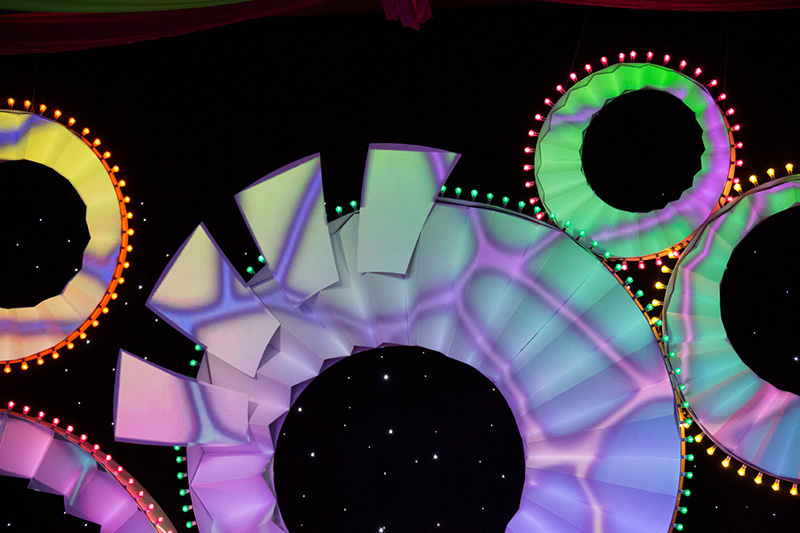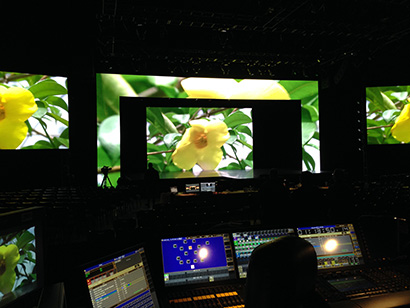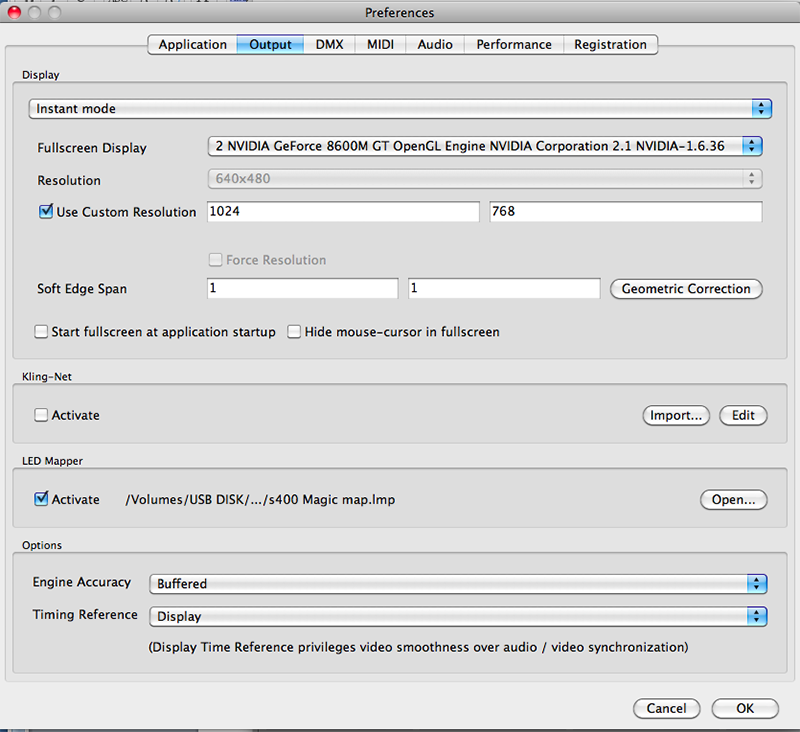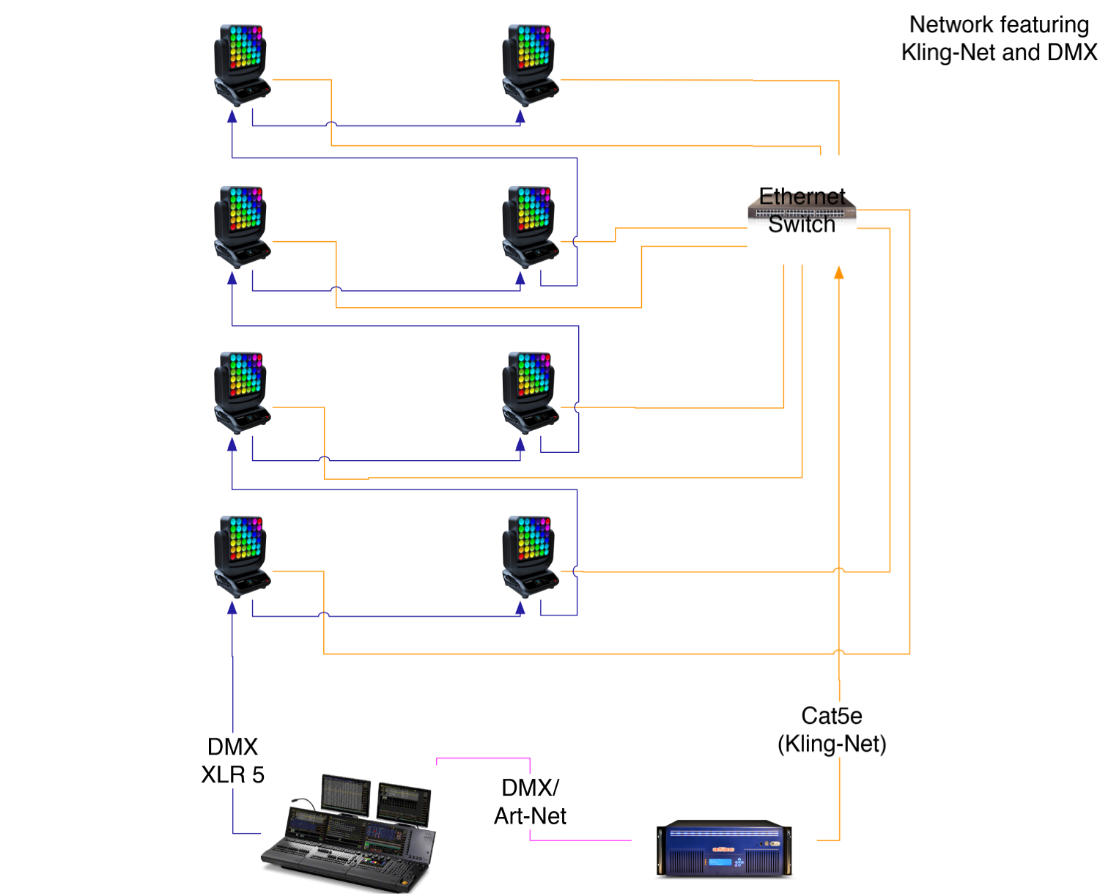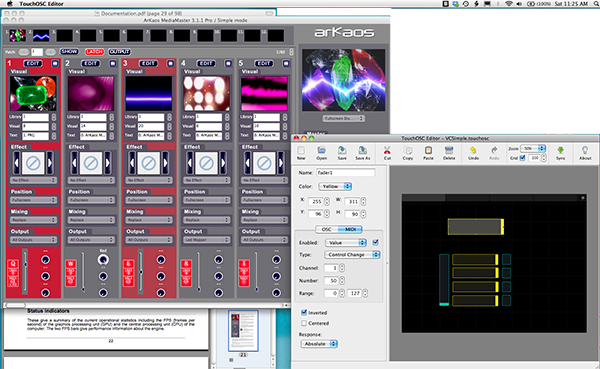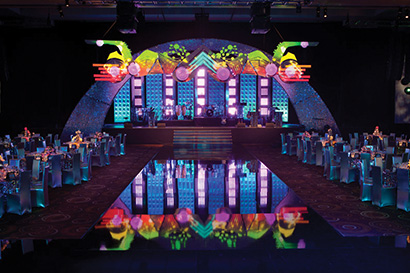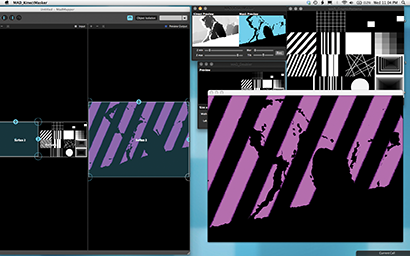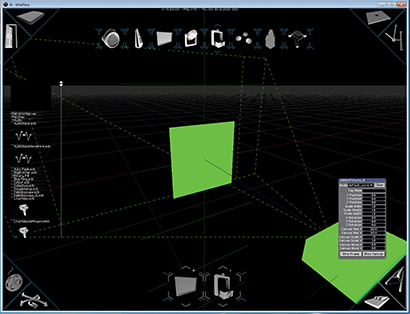Working with a Media Server on a Corporate Event
When lighting programmers are tasked to program a media server on a corporate event using a lighting console, they may think, “Oh, that will be easy. I’ll just have to play a few videos for the CEO, a few guest speakers, etc., etc.” Well, that’s partially true; the server may be used to play back these types of videos. However, what may not be so evident are the different ways video can be woven into a corporate show. Let’s take a closer look at how video can be used in this type of show.
Video Mapping at ConExpo
Did you have the opportunity to visit one of the largest trade shows for construction equipment this year, a show called ConExpo? Held every three years, this show features extremely large booths filled with all types of machinery used in every aspect of construction, and it’s like a playground for adults (okay, males mostly) who spend a week climbing over every inch of these trucks and diggers from manufacturers like Hyundai, Konami and John Deere. Many of these booths feature shows and/or presentations showcasing various aspects of their latest technology. However, two manufacturers, Caterpillar and Volvo Construction, incorporated video mapping into their booth designs and shows, making for some eye catching and interesting visuals.
Merging Art-Net with an MA2
Edge Blending with Media Servers
As media servers evolve, many are adding features that until recently have been reserved for separate, dedicated hardware packages. Creating a video blend is one of these features that typically has been reserved for display presentation switching systems like the Barco Encore, Dataton Watchout or Vista Spyder. These types of switchers allow you to combine multiple displays together to increase the total resolution possible for the image being displayed.
LEDs for Costumes
LEDs are widespread within the entertainment industry. From video panels to lighting fixtures, LEDs are showing up everywhere. And lately, the scope has grown even wider to include costumes. Recently, I turned on the television and stumbled across a performance by the famous Rockettes dance troupe in which they were all dressed in black jackets covered with LEDs. As I watched, I realized that video images were being pixel mapped onto the dancers; and of course I was instantly intrigued!
Kling-Net: An Alternative to Merging DMX
Rediscovering MIDI
LED Curtain Math Class
Good morning class, does everyone have a calculator? Today’s lesson is about calculating the center point of an image so we can align two LED curtains hung with space in between with different pixel pitches so that the image of one continues onto the second cleanly. The trick is to calculate where the center point is and work outward to find the starting pixel of the image. What follows is an example of how to work that math.
Experimenting with New Technology
On a recent show, I chose to work with several new pieces of technology. I love the opportunity to work with new equipment, learn new concepts, and discover new creative ideas! The experience was challenging, but it was definitely well worth it. Here’s a recap.
